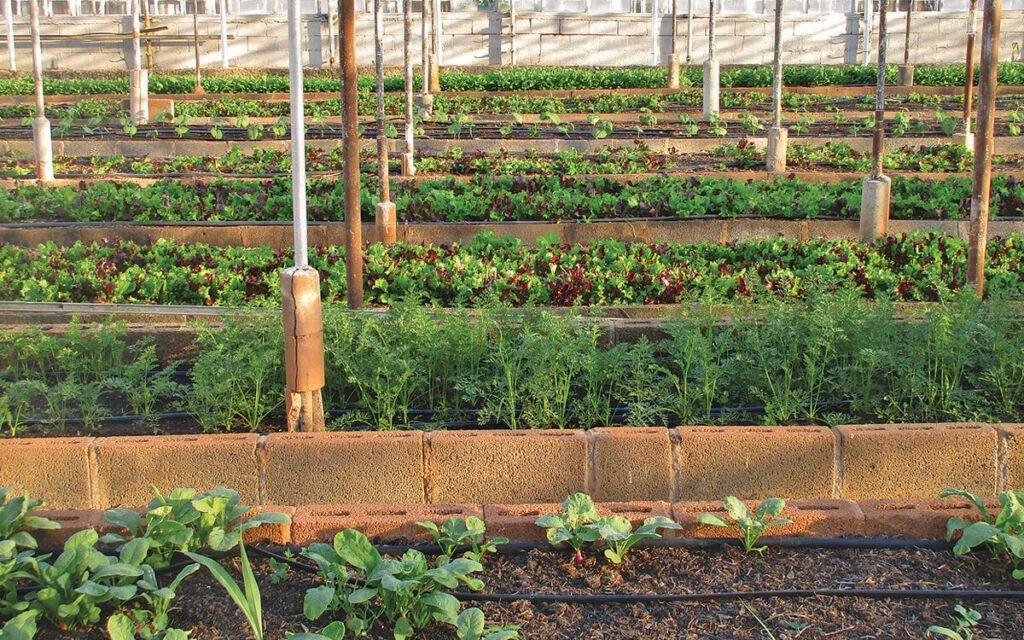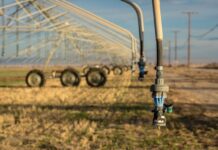
Since ancient times farming has been the basis of survival for man. Even today it holds the same place. But with the rising human population, the farm yields are falling short.
Experts say that if farming yields won’t increase, the world will face a majority of undisturbed green habitats like forests and woody savannahs cleared for farming. Needless to point out, this will add to increasing problems of waste, pollution, and climate change.
So, diving straight to the topic, here are some smart cities taking charge to change the course. Pioneers in their own way, New York, Milan, Wuzhen and Havana are showcasing inspiring results.
New York Changing Food Path
In 2017, the import share food in New York City doubled over to 15% in the last two decades. More than half of the fruit in the city is imported. Therefore, as per Laura Feyer, spokesperson for the Office of Food Policy, NYC the city is working on increasing consumption of local and regional food.
The NYC Economic Development Corporation food hub will be focusing on enabling regional farmers to ease access to transport yields to the city. The focus is especially on small and family farms.
For example, AeroFarms in New Jersey, one of the largest vertical farms growing leafy greens serves consumers living in NYC. They grow fresh products throughout the year without the need for sun and soil. In fact, they use 95% less water and a fraction of land and resources for farming. And in return, they yield 390 times more per square foot compared to conventional farming. Aerofarms collects millions of data points from every stage of farming. This data is then utilised to optimise plant taste, nutrition, colour and yield.
Vertical farming is becoming a global trend, given its benefits. Currently, most of the vertical farms grow leafy greens, tomatoes and cucumbers. However, companies are now testing other vegetables as well. Predictions show that a majority of food in the future will come from vertical farms. But the question remains whether all of it can be commercialised and brought mainstream – or not.
Milan Urban Food Policy
Since 2015, New York City along with over 200 other smart cities have signed the Milan Urban Food Policy. The initiative aims at sustainability-oriented commitments. This includes improving the consumption of local and regional food.
Milan received Guangzhou innovation awards in 2018 for its Urban Food Policy. The smart city is constantly showing efforts in making its “food system more sustainable, equitable, resilient and healthy.” Moreover, it is also working to improve consumer awareness of the food system while reducing food waste. Conducting agriculture-related research is also one of these priorities.
Recently, Milan demonstrated its innovation skills. It introduced public food procurement in schools to develop and test short supply chains. The pilot program first began with rice. And now it is on the way to reconstructing 19 supply chains such as fresh pasta, courgettes and gnocchi. This equals to an eighth of school food need across the city.
This innovative approach is anticipated to be seen in other smart cities.
Rooftop farming, vertical farms, traditional field farming are some of the local and regional food supply chain landscape in Milan. Among these, vertical farms can be located nearer to residents and retailers. This helps support an increase in fresh food and resilience.
Furthermore, Milan is pioneering the OpenAgri project to create an open innovation hub for peri-urban farming. The program is regenerating 30 hectares of land in the outlying areas of the city. This land will be used as a living test bed for innovators and entrepreneurs to develop enhanced food systems.
Already start-ups and SMEs involved are working on 18 projects. These include vertical farming technology, social integration and automation in urban farming. A special focus is being kept on the development of skills for young and underprivileged people in the city.
Tomatoes At Its Best In Wuzhen
The newly established Wuzhen International Internet Agriculture Expo Park is home to 18 varieties of tomatoes from across the world. You can find them in different colours including red, orange, yellow, purple and green.
The park features an intelligent glass greenhouse powered by a 5G network. It is situated in a small town in Zhejiang province where the World Internet Conference is held every year. The glasshouse gives a lavish treatment to its 2800 tomato plants. An environment enwrapped with perfect temperature and humidity adjustments take care of the production. In addition, nutrition is fed to plants via small black pipes, considering the profile of each plant.
Soothing background music keeps playing due to sensors linked to a 5G network. The network is operated by one of China’s biggest telecommunications companies, China Mobile. Every plant is placed in hydroponic rock wool cubes. A catheter is connected to each for transportation of water and nutrients.
Different types of sensors in the glasshouse monitor temperature, light, water fertiliser level, and humidity. Each information is then transmitted over the 5G network in real-time. This enables the control system to change settings accurately to enhance the yield of each tomato plant.
To keep an eye on pests and diseases, a 5G based control system is installed in the greenhouse. This system is responsible for killing bugs with ozone spray. As a high-speed network of 5G is deployed, the results come out immediately. The plants are managed remotely using a 5G handset.
The Rise Of Self Production In Havana


In 1989, Cuba was suddenly isolated from trade with the Soviet bloc. It was also sidelined from international trade with the US. The country faced extreme economic and food crisis. It struggled to export citrus fruits, cereals, corn and meat that had become staple foods of the country. The situation was that residents lost access to one-third of their daily calories, resulting in unavoidable hunger.
While losing access to food imports, the country also lost access to animal feed, fertilisers and fuel that sustained agriculture. It experienced a near major food collapse.
Striving to emerge from these crises the Cuban government came up with an agricultural overhaul on the island. Organic farming methods were prioritised. The focus was kept on useful edible crops and the use of peasant labour. Urban areas were introduced with guerilla gardening which successfully supported urban farming initiatives.
In fact, even citizens voluntarily took responsibility for farming. This unveiled the world’s largest practical model of a semi sustainable farming. Some citizens turned into urban farmers making most of the salvaged products. For example, soda bottles were reused for sowing and roofing tiles as a planter.
Havana began demonstrating how cities could overcome obstacles and create opportunities for self-provisioning system. As a more important factor, the Cuban government reinforced the new urban fabric with training and support. It hosted several subsidised agricultural stores, three compost production sites, and seven artisanal pesticide labs.
With support from the government and active participation of citizens, 35,000 hectares of land successfully transformed into farmlands. From small balcony gardens to multi hectare fields, there is a range of landscapes supporting food system and production today.
Some gardens were created from opportunistically vacant properties in the city. Whereas some were provided as free lands from the government.
Different types of infrastructure and investment varying in size and type went into creating urban farms. However, a major part of the labour is done by hand. Over 400,000 oxen teams replaced tractors in Cuba.
Cuba’s approach to the urban food system is resilient, affordable, equitable and organic. Smart cities looking for food security and improved food production have the opportunity to imitate. It’s clear from the 25 years of self-sufficiency demonstrated by the country.

































